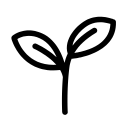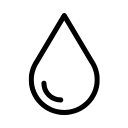Anointing Oil
WHY ANOINT?
In the Bible, we see many examples of using Anointing Oil. Jesus mentions anointing oneself daily when fasting in Matthew 6:17. The disciples anoint the sick and heal them in Mark 6:13, and church elders do the same as recorded in James 5:14.
A woman anoints Jesus as a sacrificial act of worship as recorded in all four of the gospels. Oil is often used as a symbol for the Holy Spirit who leads us into all truth and "anoints" us continually with His grace and comfort. In 1 John 2:20, we read, "But you have an anointing form the Holy One, and all of you know the truth."
PURCHASE IN BULK FOR UP TO A 25% DISCOUNT!
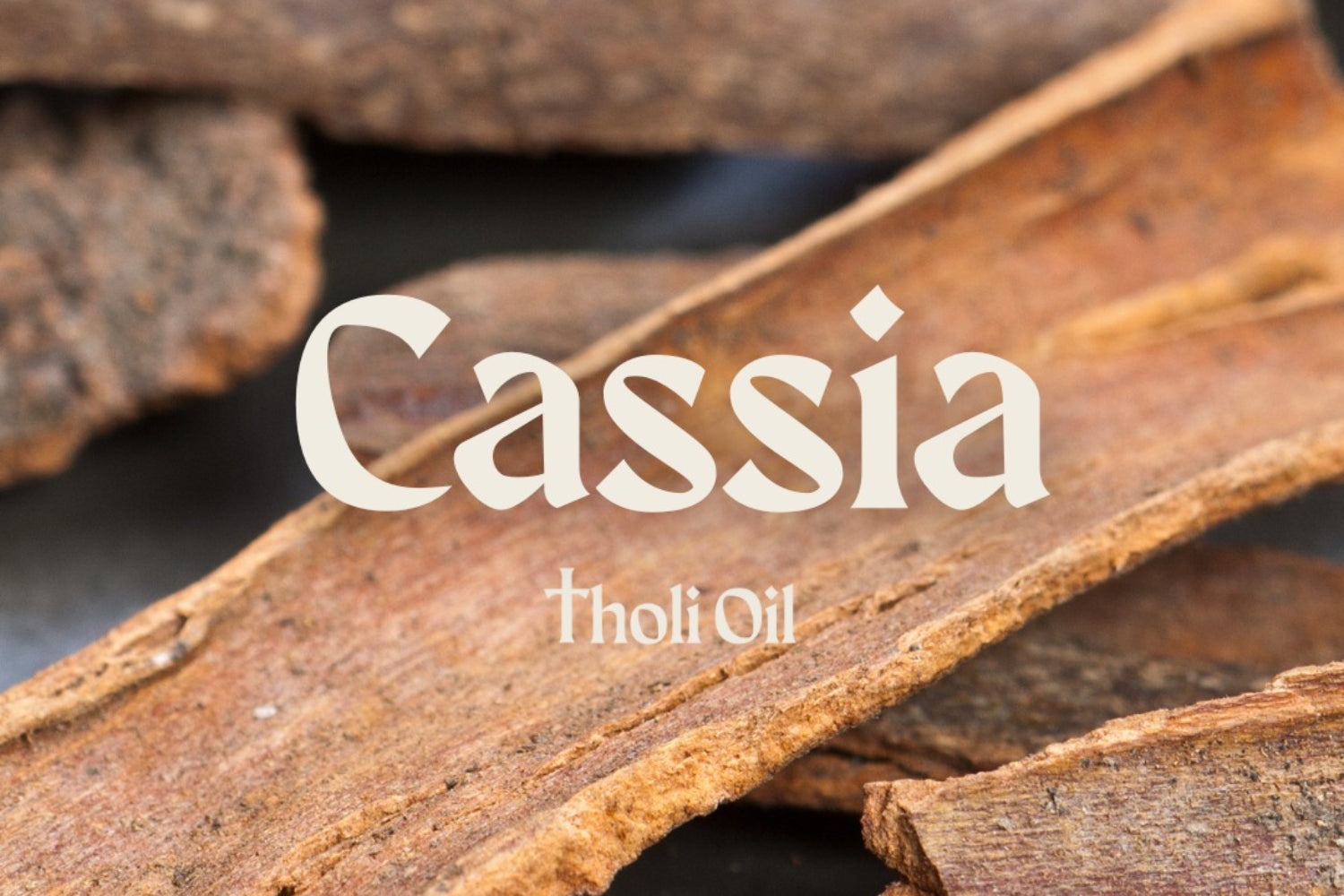
Exodus 30:22-25
Cassia
Ancient Use: An ingredient in Moses' holy anointing oil
Modern Uses: Immune system builder and supportive of the body's natural defenses
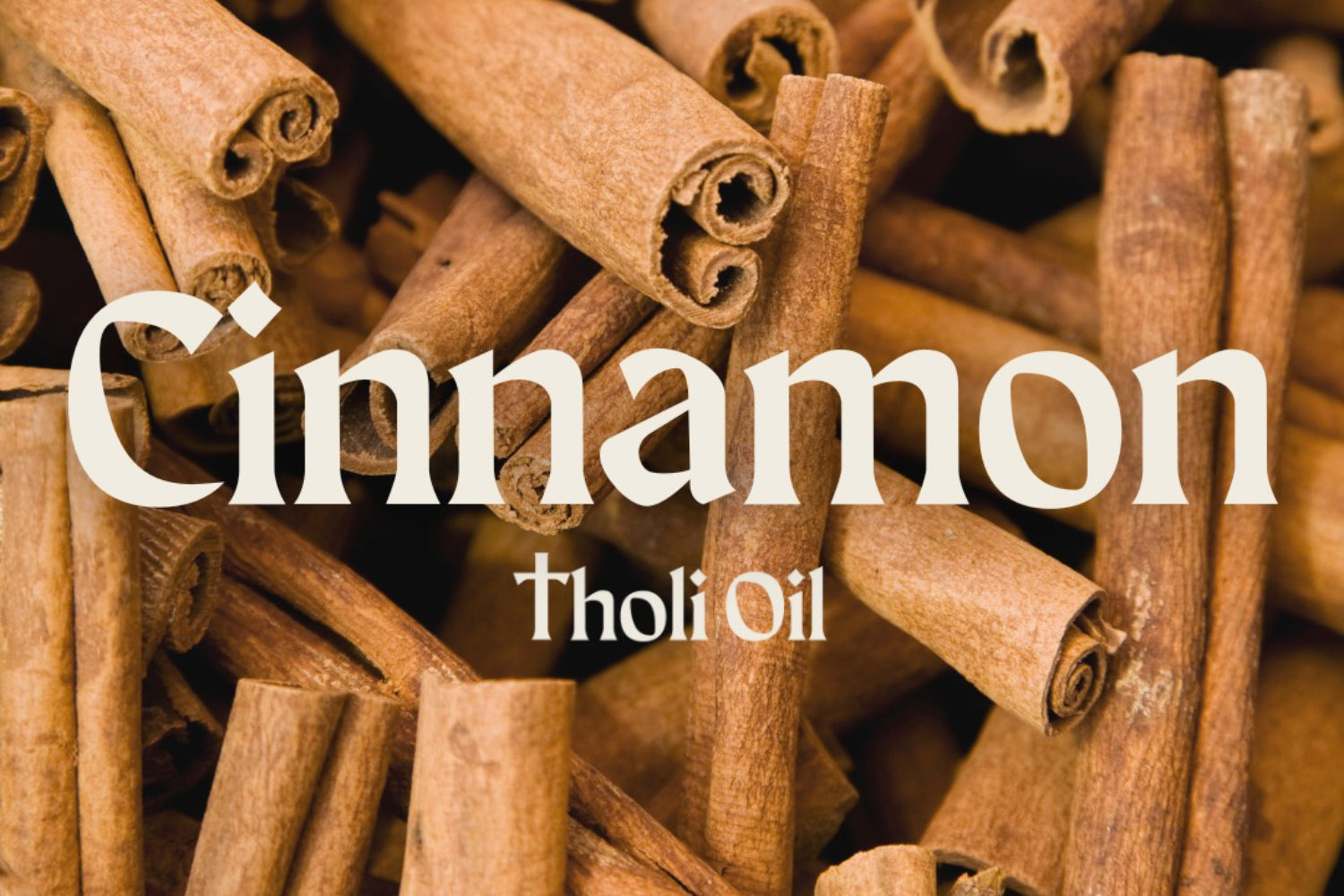
Revelation 18:13
Cinnamon
Ancient Uses: Holy anointing oil, perfume
Modern Uses: Antimicrobial, antibacterial, antiparasitic, antifungal, respiratory stimulation
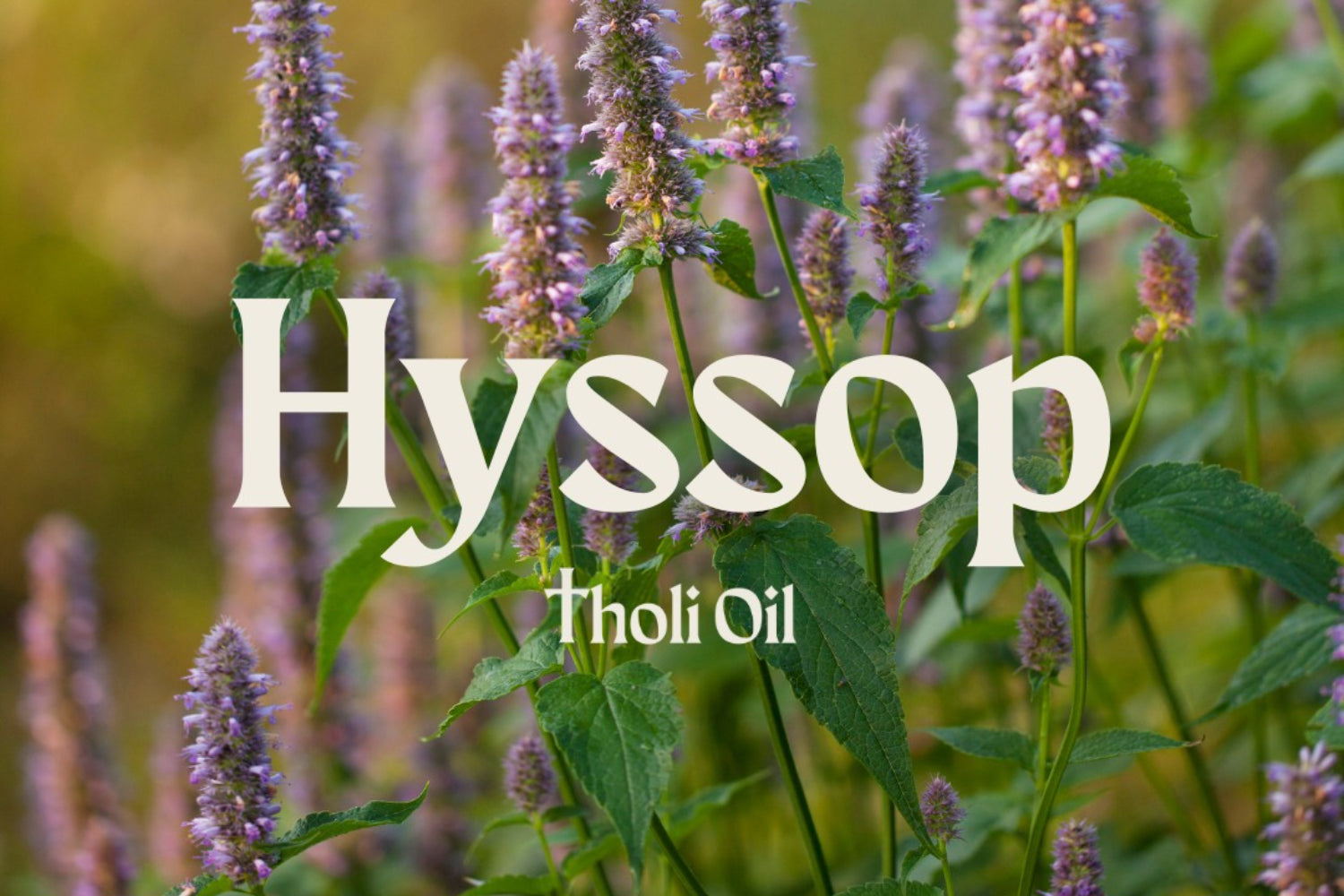
Exodus 12:22
Hyssop
Ancient Use: Used to wipe blood on the doorpost at Passover, Offered to Jesus on the cross, as a purifying substance
Modern Uses: To treat varicose veins and skin contusions
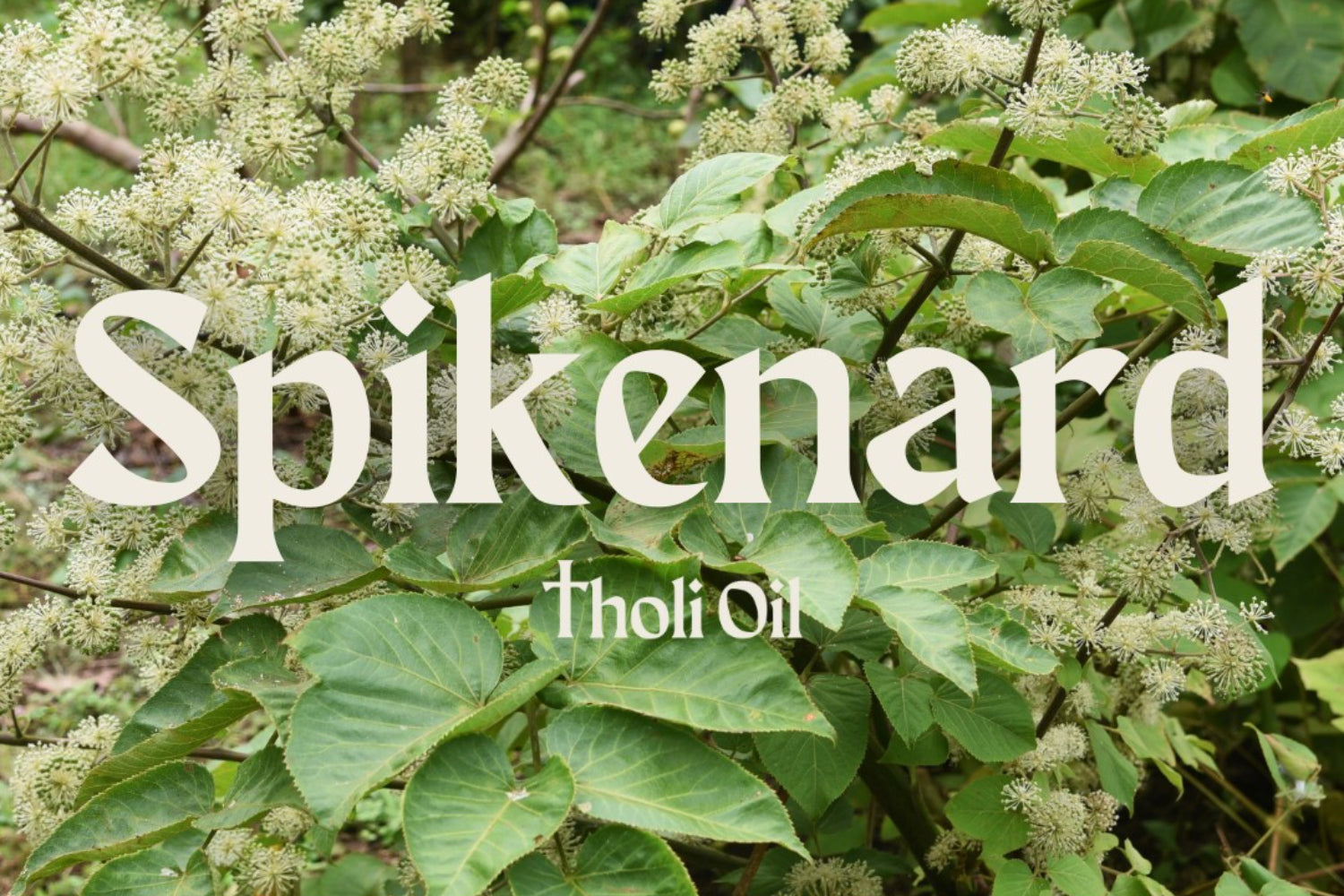
John 12:3
Spikenard
Ancient Uses: Holy anointing oil, perfume
Modern Uses: Antibacterial, anti-inflammatory, anti-fungal, for joint pain, migraines and constipation
How to Anoint?
There is no wrong place on the body to anoint, but typically, the center of the forehead is a perfect place to anoint. This can be done with a small dab or you can form the sign of the cross.
Tholi Anointing Oil comes in a roller bottle to make it easy to anoint the body directly.




